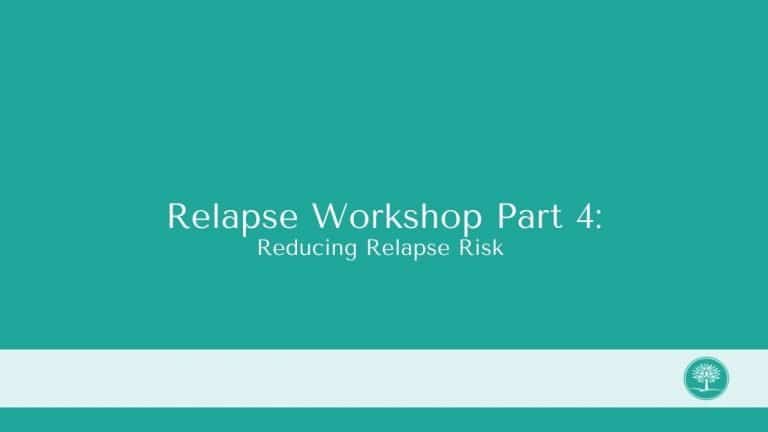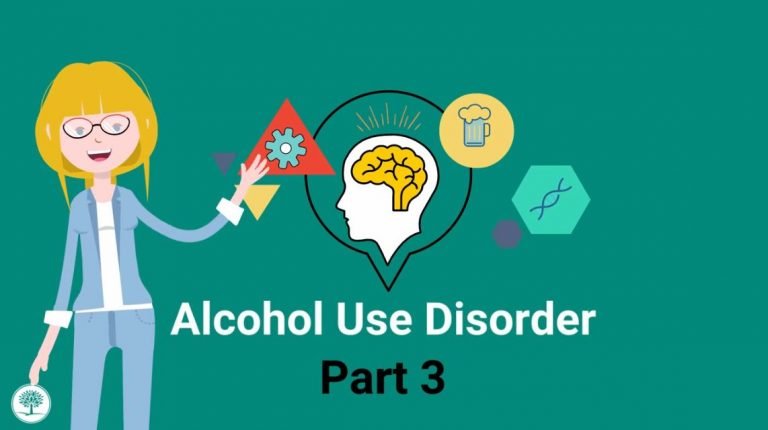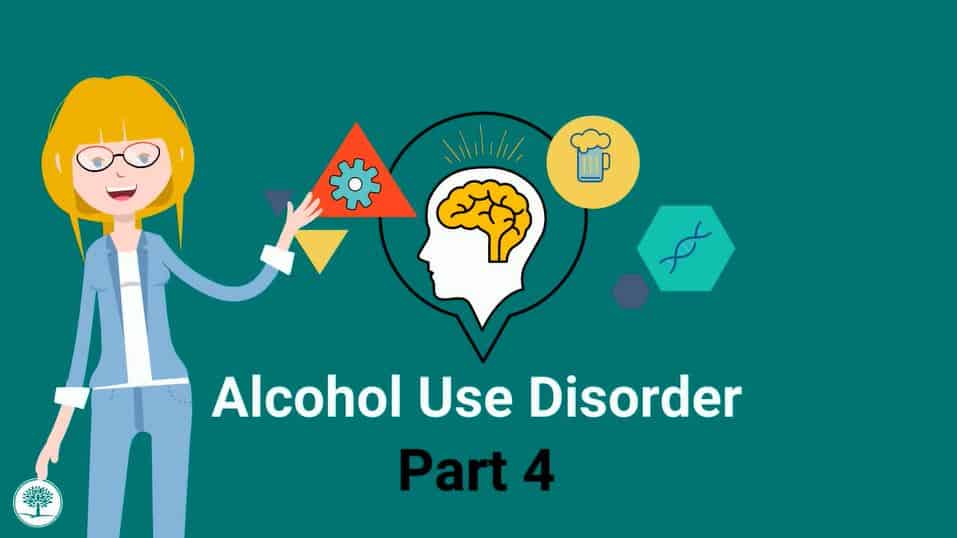Practicing Resilience
Welcome back! You’ve made it this far and are learning a variety of ways to understand and promote resilience in your own life. By now, you’ve also gathered that there is more to resilience than understanding concepts. Building resilience does take practice, but this can be done in a way that feels natural and organic to your lifestyle. How so…?
Do you remember identifying characteristics of role models that promote resilience? Think about those characteristics… Do you feel as though any of them make a natural connection to your values or beliefs? How do you envision incorporating these characteristics into your life? The more these factors already align with you, the easier it will be to put them into practice. Additionally, if you’re someone who has already put practice into place but feels this doesn’t seem to be working, assess why this might be the case or whether these factors truly align with your life. It’s extremely helpful to periodically reevaluate our tools and practice, to determine whether we may need to expand our skillset, try something new, or reach out for help if a new perspective might be the best approach.
So far, the prior modules have discussed ten resilience factors that may relate to you, individually, and how you might incorporate these factors into your life:
- Fostering optimism
- Facing fear
- Solidifying your moral compass
- Religious and spiritual practice
- Giving and attracting social support
- Imitating resilient role models
- Practicing physical fitness
- Mental and emotional training
- Enhancing cognitive and emotional flexibility
- Finding meaning, purpose and growth
Once you have been able to identify just one or two clear resilience factors, consistently find ways to incorporate these into your life. For example, optimism is one way many role models have maintained a positive and admirable attitude. This may be challenging to many of us during difficult times; however, by using cognitive and emotional flexibility, one can work toward actively opening up to both the reality of these challenges alongside positive experiences, with more of an optimistic lens toward the future.
Just like any other practice, you may find it difficult to keep up, especially with the successes and failures that will come. However, there are other ways to practice and grow resilience outside of just our individual system. As we all carry our own family system, we too associate our family history based on prior experience that may have been more positive or negative. However, as we move forward, intentionally surrounding ourselves with family that align with our values and goals is something we can choose to do, both within and outside of our blood relatives. As you build and strengthen your family and its surrounding dynamics, consider the following when your family system approaches adversity:
- Making meaning of adversity
- Modeling and maintaining a positive outlook
- Fostering transcendence and spirituality
- Practicing flexibility
- Enhancing connectedness
- Drawing on social and economic resources
- Achieving clarity
- Openly expressing emotions
- Collaboratively solving problems
The family system allows for a unique environment in which to practice resilience, as this is the place where you should feel the most safe, protected, and encouraged… Similarly, raising children within a family system gives an opportunity to teach and model resilience in a safe environment. Think about how this may or may not have been the case for you as a child. What would you want to emulate with your family and children to promote a safe space to discuss and practice resilience? What might help a child to safely practice these skills, while also being prepared for the realities of life’s challenges?
Even outside of our families we operate within professional and societal systems that create opportunities for response in the face of adversity. Many of these concepts can be applied toward challenges we may experience in these environments. Can you think of a time you faced adversity in a professional or societal system? One example may be the loss of a job, or struggling with meaning either at work or within a community during a difficult time. How might someone promote resilience in these circumstances? One way might be to get some clarity and mentorship as to how to strengthen the challenges that led to their job loss. By reaching out for constructive feedback, meaning can be created around how this job may prepare you for the next, and allows for modeling and maintaining a positive outlook. Finally, the example of finding meaning in our communities during difficult times is particularly difficult for many. Think about the resources you may have access to, whether it may be your own time or organization skills. Whatever the case may be, it is likely that you have something special to offer and can model what this could look like for others as well. Not only does this allow you to create meaning and purpose, but it opens up connections, may increase self-esteem, and ultimately lead to you being a resilient mentor to others.
We hope you move on to the next module that will prompt you to think about and organize your practice of resilience.
Practicing Resilience Questions:
- Nathan is having a hard time connecting with his family, as he no longer shares many of their core beliefs and values, and struggles to be optimistic when most of the family conversation is negative and pessimistic about the future. After many arguments with family members, events now begin and end in anxiety and frustration, as well as anger as he thinks back to what he describes as “toxic family dynamics” from his childhood and adolescence. Which resilience two factor(s) would be the most helpful for Nathan to consider when approaching this individual and familial challenge? 1. Mental and emotional training, 2. Facing fear, 3. Practicing physical fitness, 4. Enhancing cognitive and emotional flexibility (Facing fear would be less appropriate because he hasn’t yet mentioned avoiding the family and it sounds that he has been vocal about his thoughts with the family as well; physical fitness may help blow off steam but isn’t the best response as it won’t directly help with the emotional, cognitive and familial challenges.)
- What are systems outside of yourself as an individual, that you have practice resilience in response to adversity? How so?









